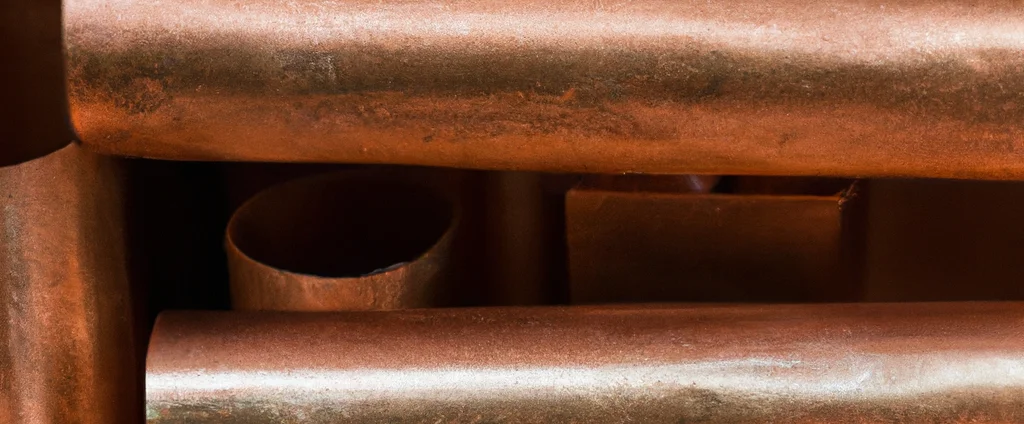Aluminum Bronze (UNS C63000)

Aluminum bronze C63000, also known as AMS 4640, is a premium copper alloy renowned for its exceptional strength, wear resistance, and corrosion resistance. Ideal for demanding environments, it’s widely used in marine hardware, aerospace components, and industrial machinery.
| Chemical Composition | ||
|---|---|---|
| Element | Min | Max |
| Copper | 78.0% | 85.0% |
| Aluminum | 9.0% | 11.0% |
| Iron | 2.0% | 4.0% |
| Manganese | —— | 0.15% |
| Nickel | 4.0% | 5.5% |
| Silicon | —— | 0.25% |
| Tin | —— | 0.2% |
| Zinc | —— | 0.3% |
| Residuals | —— | 0.5% |
The following table provides a list of aluminum bronze C63000 properties in both SI and US customary/Imperial units.
Click on the button to switch between Metric and Imperial units.
| Physical Properties | Metric |
|---|---|
| Density | 7580 kg/m3 |
| Mechanical Properties | Metric |
| Tensile Strength (Ultimate) | 660 - 790 MPa |
| Tensile Strength (Yield) | 330 - 490 MPa |
| Shear Strength | 400 - 470 MPa |
| Young’s Modulus (E) | 117 GPa |
| Shear Modulus (G) | 44 GPa |
| Elongation at Break | 10% |
| Poisson’s Ratio (ν) | 0.34 |
| Thermal Properties | Metric |
| Melting Point | 1035 - 1055 °C |
| Thermal Conductivity | 39 W/m·K |
| Specific Heat Capacity (Cp) | 375 J/kg·K |
| Coefficient of Thermal Expansion (αL) | 1.62×10-5 1/°C |
| Electrical Properties | Metric |
| Electrical Conductivity | 5.2×106 S/m |
| Electrical Resistivity | 1.92×10-7 Ω·m |
| Magnetic Permeability | 1.05 |
The values in this table are approximate and can vary depending on various factors such as the specific manufacturing process and heat treatment applied to the alloy.
Advantages & Disadvantages of Aluminum Bronze C63000
| Advantages | Disadvantages |
|---|---|
| High strength | High cost |
| Excellent wear resistance | Limited electrical conductivity |
| Good corrosion resistance | |
| Good machinability |
Applications of Aluminum Bronze C63000
Aluminum Bronze C63000 finds application in various industries where its unique combination of properties is advantageous. Key applications include:
- Marine Components: Widely used in marine applications due to its excellent corrosion resistance in seawater. Common uses include propellers, shafts, bearings, pump components, valve seats, and other marine hardware.
- Aerospace Industry: The high strength and wear resistance make it suitable for aerospace applications, including landing gear bushings, engine components, and aircraft structural parts.
- Oil and Gas Industry: Utilized for its resistance to corrosion and wear in valve stems, connectors, pump components, and drilling equipment.
- Automotive Industry: The alloy’s properties make it useful for piston rings, valve guides, gears, bushings, and other components subjected to heavy loads and wear.
- Industrial Equipment: Commonly employed for gears, bearings, thrust washers, cams, and other components requiring high strength, wear resistance, and corrosion resistance.
